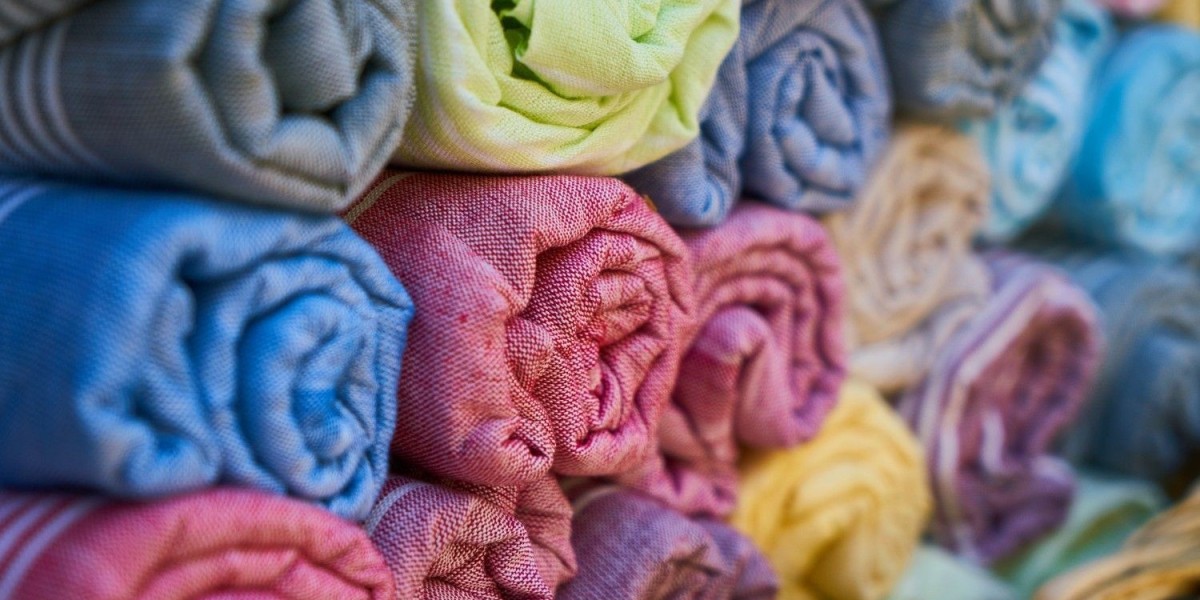Adding embellishments and trims can completely transform the appeal of a garment. A simple dress becomes couture-level with sequins, lace, ribbons, or metal trims. However, while these additions enhance the aesthetic and brand value, they also introduce new cost factors that can significantly affect the final pricing and profit margins. Understanding how to estimate cost add-ons is essential for every fashion brand, manufacturer, or designer aiming to strike a balance between creativity and commercial success.
At industry gatherings like the apparel accessories expo, experts highlight the importance of accurate cost planning to ensure embellishments add value—not financial strain—to your production process.
1. Breaking Down the Components of Trim Costs
Before you can calculate add-on costs, it’s important to understand what contributes to the overall expense. Trims and embellishments are not just about materials; they include several hidden costs that often go unnoticed.
Material Cost: The price of lace, ribbons, sequins, buttons, beads, or zippers per meter or per piece.
Application Cost: Labor or machine time required to attach the trim to the garment. Handwork, embroidery, or delicate stitching will increase labor costs.
Handling and Waste: Delicate embellishments like glass beads or metallic trims may require special handling, which can lead to material wastage or added packaging needs.
Design Adaptation: Sometimes, adding trims requires pattern modifications, additional fabric layers, or reinforcement—all of which influence the total cost.
2. Evaluating Production Efficiency and Labor Time
Labor cost is a major factor in determining trim-related expenses. Embellishments that require careful placement or manual work can significantly extend production time.
To estimate this accurately:
Track Time: Record how long it takes to apply each embellishment or trim type per garment.
Skill Level: Complex trims require skilled artisans, which means higher pay scales.
Batch Efficiency: The larger the production batch, the more cost-effective the process becomes due to repetition and familiarity.
Manufacturers showcased at the apparel accessories expo emphasize the value of automation and modern machinery. For instance, digital trimming or heat-fusion techniques reduce manual intervention and speed up production while maintaining consistency.
3. Factoring in Sourcing, MOQ, and Logistics
Sourcing embellishments and trims often comes with specific minimum order quantities (MOQ) and variable shipping costs. The origin of your trims—whether local or imported—also plays a key role in your overall cost estimation.
Key considerations include:
Supplier Terms: Bulk orders usually offer better pricing but increase upfront investment.
Customization Fees: If you need unique trims with custom colors, logos, or materials, suppliers may charge design or mold fees.
Shipping & Duties: International sourcing adds customs duties and longer lead times, which can affect cash flow and pricing.
4. Incorporating Cost into Garment Pricing Strategy
Once you have a clear understanding of the total embellishment cost, the next step is to integrate it into your pricing strategy. The goal is to maintain profitability while staying competitive.
Follow these steps:
Calculate Per-Garment Trim Cost: Divide the total trim-related expenses by the number of garments produced.
Add a Markup: Include a profit margin that reflects your brand’s value and target audience.
Consider Waste and Quality Assurance: Account for a 3–5% buffer for defects or rejected pieces.
Communicate Value: High-quality embellishments justify premium pricing if customers understand the craftsmanship and materials behind them.
5. Future Trends: Smart Costing and Sustainable Sourcing
Modern fashion brands are moving toward smart costing models supported by digital tools that simulate fabric and trim combinations. These innovations help predict expenses more accurately and reduce sampling waste.
Another growing trend discussed at the apparel accessories expo is sustainable sourcing—brands opting for eco-friendly trims made from recycled or biodegradable materials. While these options may seem pricier initially, they often reduce long-term costs through improved brand image, lower import duties, and compliance with global sustainability standards.
Conclusion
Estimating the cost add-on for embellishments and trims is both an art and a science. Designers must balance visual impact with production practicality, ensuring every element enhances value without disrupting budgets.
Events like the apparel accessories expo play a crucial role in educating industry professionals about cost-efficient sourcing, innovative materials, and sustainable production methods. With careful planning, transparent supplier collaboration, and smart technology, you can create beautifully adorned garments that are both profitable and efficient to produce.






